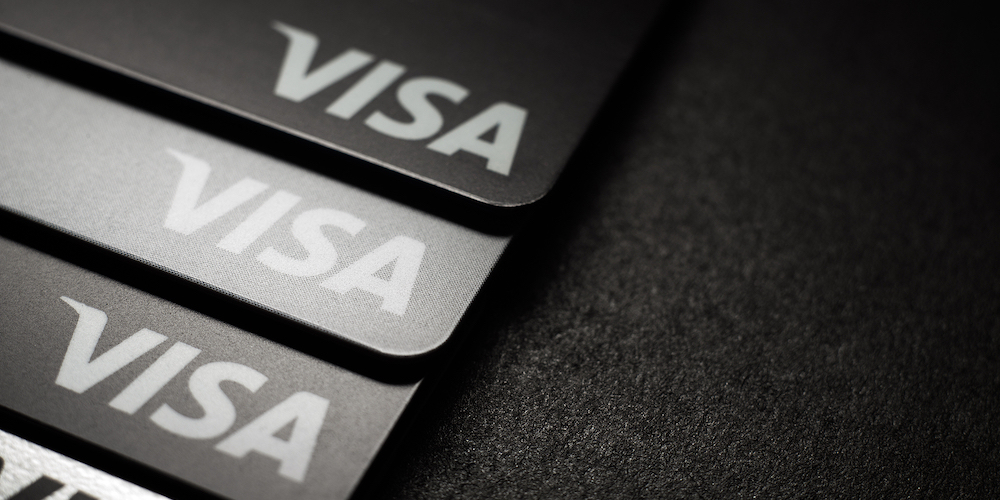Commercial card growth: How to eat the $11 trillion B2B pie

A team of economists at the Federal Reserve Board of Governors track noncash payment trends in the U.S. Since 2001, they have measured the number and value of transactions across all major payment methods. Based on their December 2021 update to the Payments Study, Visa estimates there were 2.9 billion B2B checks for an estimated $11.8 trillion. This represents 26% of all checks paid by U.S. depository institutions and 57 percent of paid check dollar value.1
Despite decades of decline in check use, check displacement remains a massive growth opportunity for electronic payments, particularly for commercial card. For context, commercial card rails process an estimated $0.5 trillion in business spend, equivalent to just four percent of the value of B2B checks.2
Likely you are familiar with the traditional challenges to commercial card acceptance by suppliers, e.g., card processing fees, manual processing of virtual card payments, AR reconciliation. These challenges are real, but Visa innovators and our partners are making strides daily. For example, the Business Payments Network – a Visa partnership with Billtrust – radically simplifies payment processing and reconciliation for card-accepting suppliers.
These low-value transactions should be “cardable,” right? Unfortunately, few buyers feel motivated to pursue these opportunities. Often the ROI feels too low to track down all the data about where these checks are going and then convince suppliers to accept card. In the end, fewer than half the company’s suppliers are likely to accept commercial cards. No wonder decision makers don’t jump when bank salespeople ask for a spend file simply to see if there’s an opportunity.
But what if a card salesperson showed up with a credible opportunity in hand? That’s the model Visa Consulting & Analytics is helping our client banks embrace.
A new operating model
Each of the 2.9 billion B2B checks paid every year is paid by a financial institution. Most FIs use optical character recognition (OCR) to process those checks. By repurposing OCR data from checks, banks can identify which suppliers their corporate customers are paying. In partnership with Visa’s Supplier Matching Service, market leading banks are identifying which of those suppliers accept commercial cards and pinpointing which business customers at the bank have the greatest opportunity to shift check spend with those suppliers to card. These banks’ salespeople no longer begin a client conversation by asking for a spend file. Instead, they present a credible analysis based on the client’s payments volume processed by the bank.
What used to be a data mining project becomes a simple, data-driven decision about how to move forward. Clients love it. Salespeople love it. And – good news for depository institutions – you are in a unique position to approach your business customers about these opportunities. Without the DDA relationship, commercial card salespeople must use the old model.
If it sounds too good to be true, it’s not. But it does take work. See the complete article for four tips for FIs that want to adopt this new method of accelerating growth in their commercial card portfolio.
2 McKinsey & Company’s U.S. Payments Map estimates 2020 U.S. commercial card spend at $485B.
